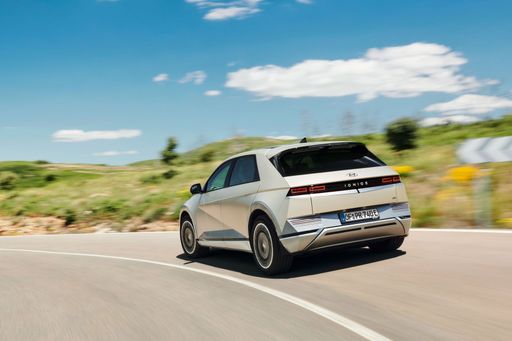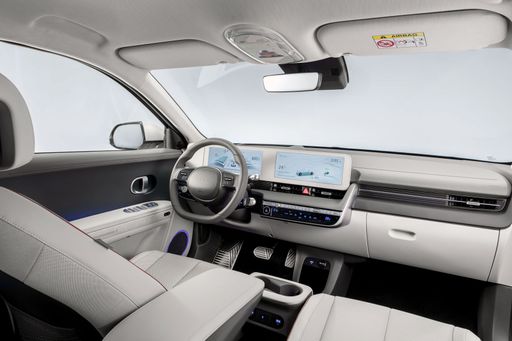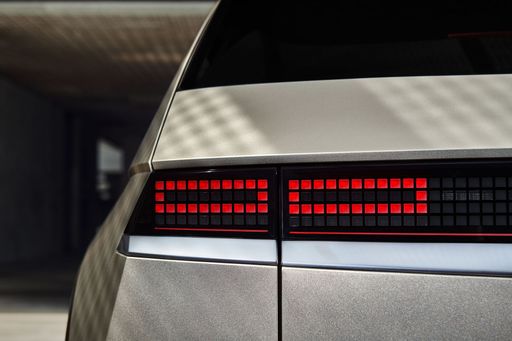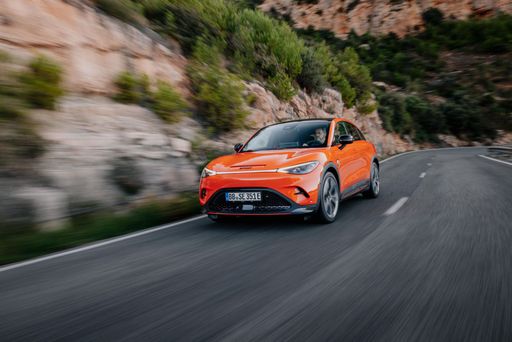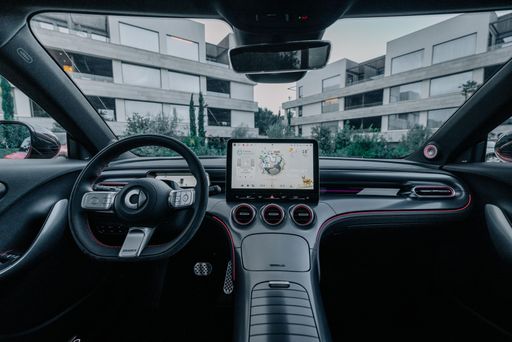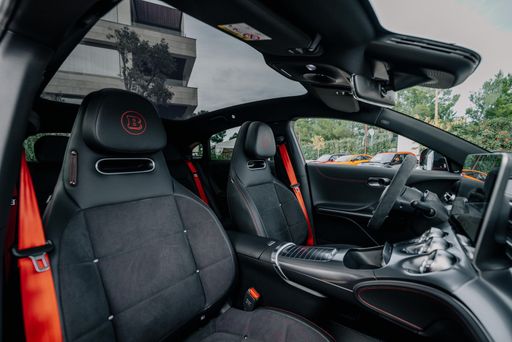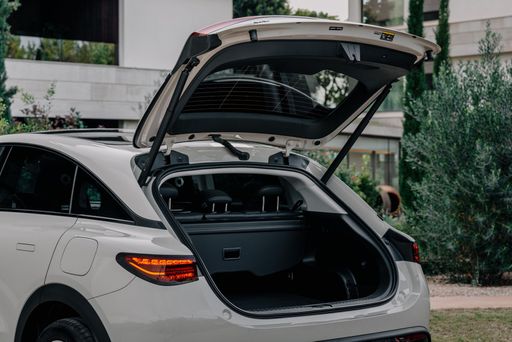Hyundai IONIQ 5 vs. smart #3: A Comprehensive Comparison
The automotive landscape is rapidly evolving, particularly in the realm of electric vehicles (EVs). Two contenders making waves are the Hyundai IONIQ 5 and the smart #3. Both vehicles offer unique features and innovative technology, appealing to different segments of the market. Let’s dive deeper into their technical specifications and innovations to see which model stands out in the competitive EV arena.


